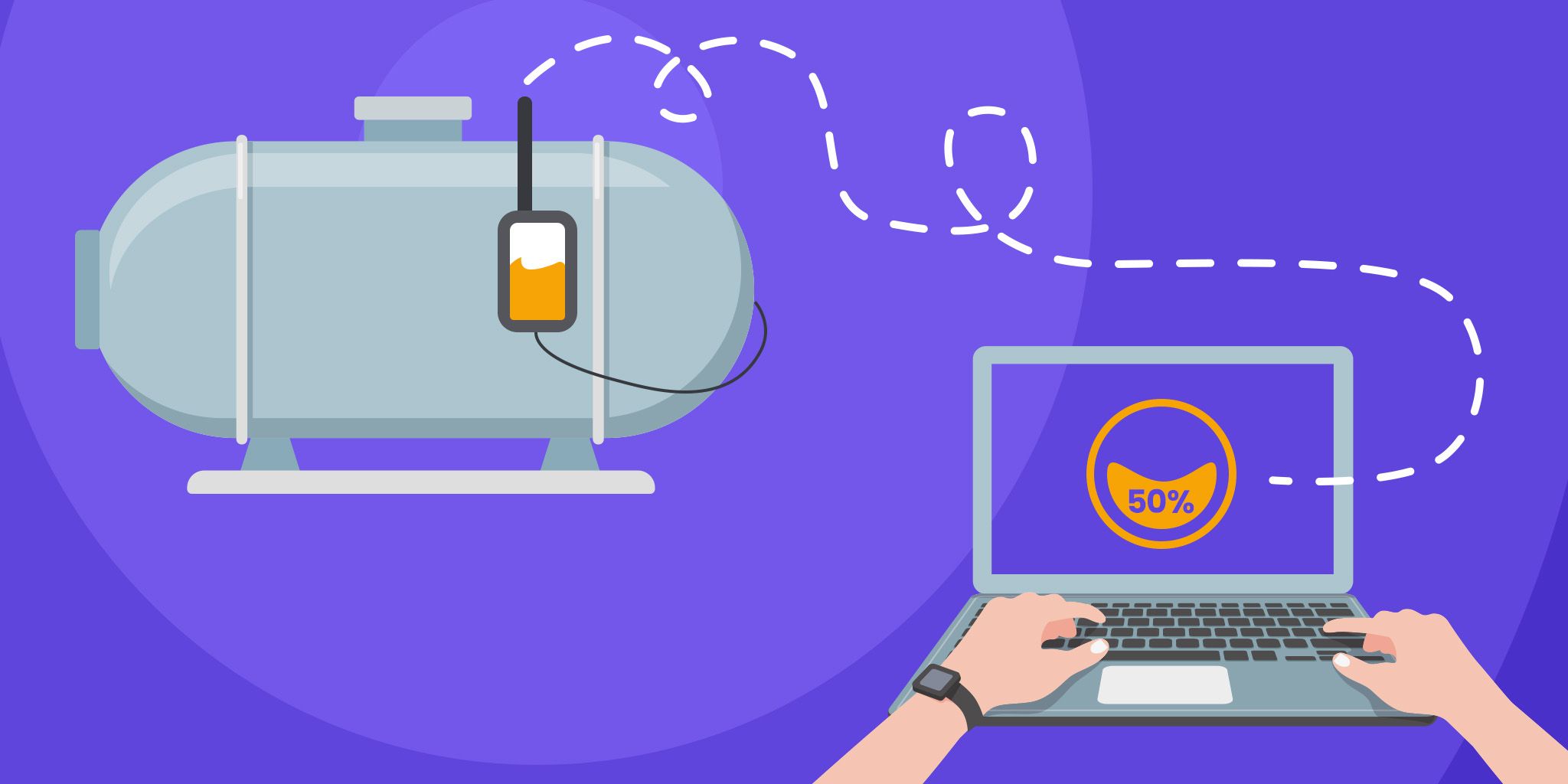Applications of WebRTC in IoT
Applications of WebRTC in IoT
- Last Updated: December 2, 2024
MobiDev
- Last Updated: December 2, 2024



WebRTC in IoT, from audio and video calls to messaging, is classified into two groups: Device-to-Cloud and Device-to-Person. Typical Applications of WebRTC perceived as Device-to-Person are related to surveillance cameras, baby monitors, and video doorbells. WebRTC allows users to see or hear what’s happening on the other side.
Learn more about the existing Applications for WebRTC in industries including healthcare, wearable devices, and Industrial IoT.
Device-to-Cloud covers cases of automation. For example, the combination of WebRTC and IoT is suitable for any sphere where drones identify malfunctions and provide comprehensive control. Imagine a power generation company that could use drones to check the condition of electricity towers and poles and send video streams to the cloud. Here WebRTC ensures the flow of the process in real-time.
WebRTC is a natural fit for several industries including:
– Surveillance
– Shared AR
– Smart transportation
– Telemedicine and health tracking gadgets
– Smart environment
– Production processes
The existing Applications for WebRTC are really diverse. This article provides an overview of the most promising industries: smart homes, healthcare, wearable devices, and Industrial IoT.
WebRTC for Smart Homes
This is one of the most lucrative areas for WebRTC — and at the same time one of the most relevant IoT trends. For example, door intercom devices or smart mailboxes utilize WebRTC for audio/video communication with web and mobile applications. In the former case, residents of smart homes can communicate with visitors, making sure no case of urgency remains unnoticed.
Smart authentication solutions for secure access involving WebRTC and machine learning-based biometric verification technology are also examples.
WebRTC in Healthcare
According to Grand View Research, the telehealth service market is expected to show a compound annual growth rate of 22.4% in the next 7 years by 2028. So it could become a major sector for WebRTC.
Encryption of communications makes WebRTC attractive to healthcare providers because they are concerned with safeguarding the personal health data of their patients. In the US, health data is protected on a legal level by HIPAA, and any corresponding software product must be compliant with its standards.
Real-time video feeds can be applied to:
- Teleconferencing doctor-patient appointments
- Remote therapy sessions
- Group therapy teleconferences
- Clinical meetings
- Remote observation of operating rooms
Above-mentioned cases have gained acceptance with many health insurance plans to reduce costs.
71% of patients in the United States considered telemedicine at the beginning of the pandemic, and 50% had already utilized virtual appointments.
Mobile app stores already have about 500 telehealth applications that use WebRTC. Although it is not exactly an IoT case, it is worth mentioning.
As for more direct IoT development cases, smart bedside devices — such as vital sign monitors — help doctors check the physical condition of their patients any time of day and night. These have become even more relevant because of COVID-19.
Industrial WebRTC
Following IoT trends in manufacturing, industrial enterprises are still rather conservative in terms of technology and innovation. However, the changing business landscape dictates the need for new solutions, slowly but steadily introduced by leading businesses to their core systems.
For example, a smart factory can use technology to monitor and direct automated processes with sensors. For example, if a thermostat reading indicates that a machine may overheat, it can trigger a video camera to monitor the machine remotely to check its physical condition in real-time. Another case is a remote support service that can use WebRTC-based video calls for urgent equipment troubleshooting purposes.
Applications: WebRTC-Based Remote Assistance
WebRTC-based communication in real time can be enhanced by shared Augmented Reality.
Benefits of WebRTC for IoT
Benefits of WebRTC include increased market share, regular income growth, and modernization of services. Despite all the benefits, the integration of WebRTC with the Internet of Things has its challenges. Devices come with varied requirements and capabilities that can make interoperability difficult. Cross-platform communication is generally a non-trivial task; however, without WebRTC, it would become even less possible.
WebRTC and IoT Applications
To sum things up, WebRTC offers a number of capabilities that enhance the development of IoT applications.
- High-definition video communication: WebRTC helps implement secure audio/video streaming between browsers, involving audio and video.
- Mobile-to-mobile connections: Since mobile applications can use web interfaces, WebRTC is not limited to running on desktop web browsers. Native libraries are available for Android and iOS.
- Machine-to-machine connections: When it comes to the Internet of Things, WebRTC can be integrated with smart devices to enable the required functionality.
- Messaging and file sharing: WebRTC establishes secure connections, shares data, and eliminates the need to store files in the cloud or data centers by delivering data directly.
- Phone-to-browser connections: WebRTC can create connections between Public Switched Telephone Networks and browsers. HTML5 API and SIP Gateway are utilized to conduct calls from a single location.
The scope of WebRTC in IoT will expand. This is evidenced by the growth of certain industries – from telehealth services to smart homes and smart offices. And we are here – at the forefront of the development and implementation of WebRTC in IoT applications, keeping new technologies and innovations under the radar.
The Most Comprehensive IoT Newsletter for Enterprises
Showcasing the highest-quality content, resources, news, and insights from the world of the Internet of Things. Subscribe to remain informed and up-to-date.
New Podcast Episode

Moving Past the Pilot Phase in IoT and AI
Related Articles





